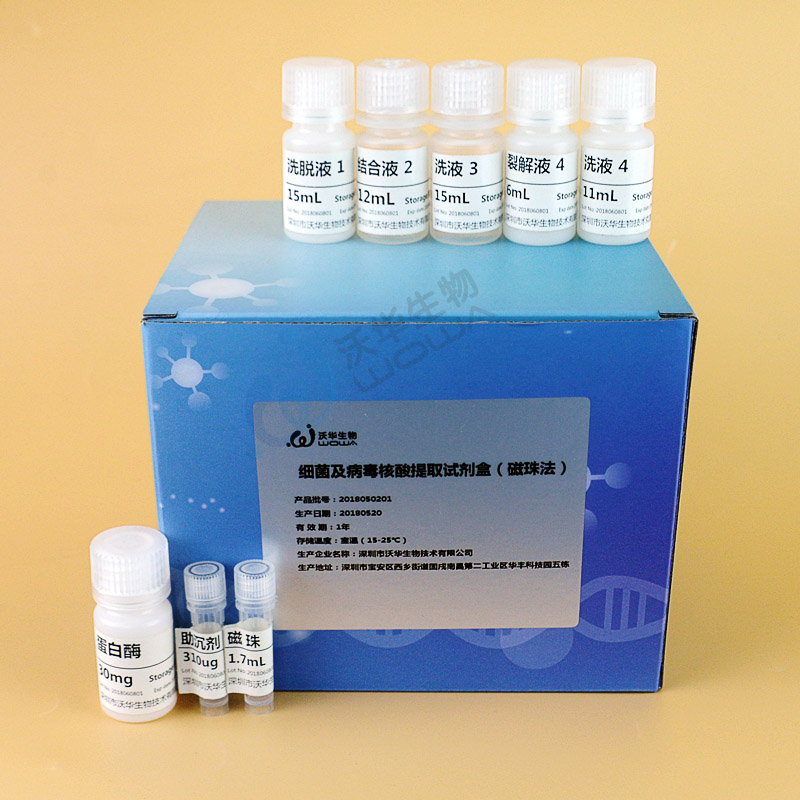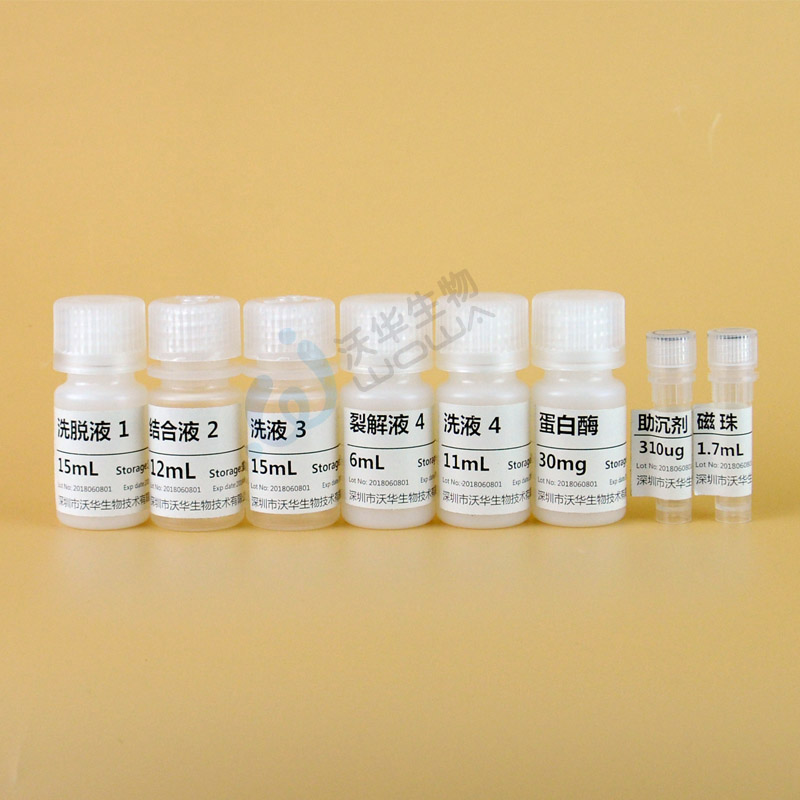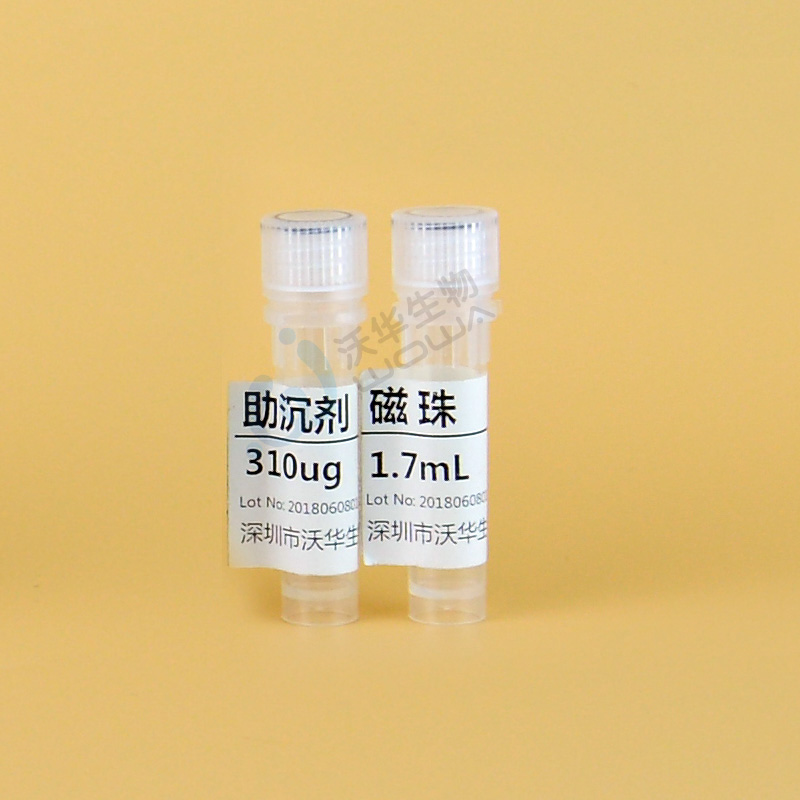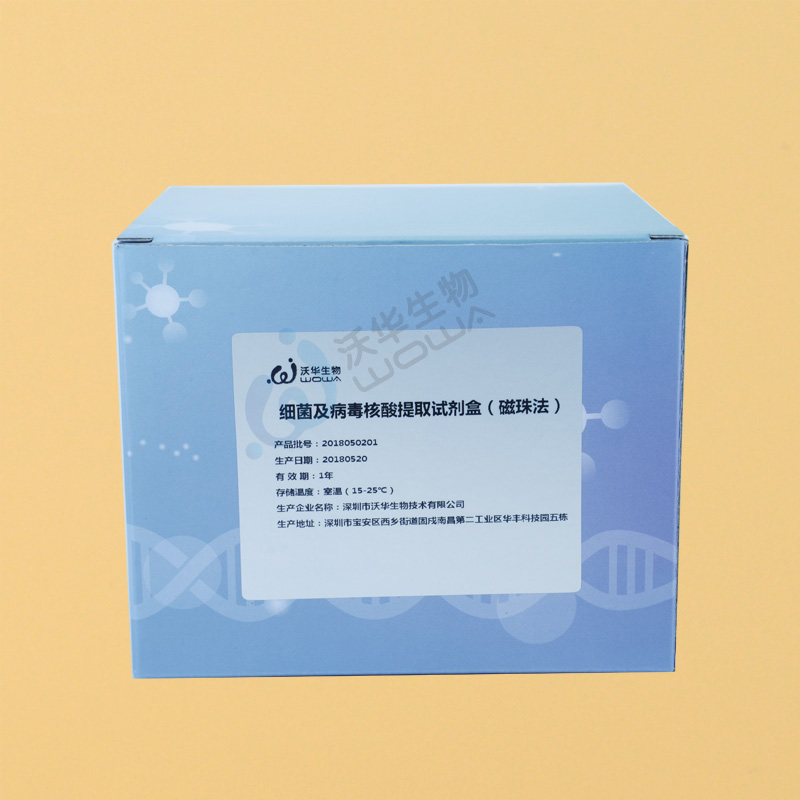






This kit is used to extract viral DNA and RNA, or bacterial DNA from samples. The extracted nucleic acid fragments are complete, highly purified, and of stable and reliable quality. The nucleic acid purified using this kit is suitable for various conventional experiments such as enzyme digestion, PCR, library construction, Southern hybridization, and experiments that require high-quality nucleic acid such as chip hybridization and high-throughput sequencing. This product is expected to be used by professionals, such as technicians and doctors trained in molecular biology technology.
Inspection principle
This kit uses a centrifugal adsorption column that can specifically bind nucleic acids and a unique buffer system to extract viral DNA, RNA, or bacterial DNA from the sample. The silicon matrix material used in the centrifugal adsorption column can efficiently and specifically adsorb nucleic acids, and combined with a unique buffer system, it can maximally remove impurities such as proteins and other organic compounds in cells.
Product Features
1. The sample is widely applicable: it can be obtained from whole blood, serum, plasma, body cavity fluids (abdominal fluid, synovial fluid, cerebrospinal fluid, etc.), swab extracts from nasopharynx and urethra, bronchoalveolar lavage fluid, and other body fluids (such as urine).
2. High quality: Unique lysis buffer system, purified DNA and RNA with high concentration, high purity, and good integrity, meeting the experimental needs of chip hybridization, high-throughput sequencing, and so on.
3. Fast and non-toxic: No need for phenol chloroform.
Precautions (please be sure to read this note before using this reagent kit):
1. The sample should avoid repeated freeze-thaw, otherwise it may result in smaller extracted DNA fragments and a decrease in extraction volume.
If there are solid impurities in the sample, it is recommended to remove them by centrifugation.
3. The treatment of samples with very high levels of inhibitors, such as urine or fecal suspensions, may require reducing sample input and/or additional pre-treatment to remove inhibitors. To reduce input volume, 25-50 can be used μ L sample and adjust the volume to 200 using PBS or 0.9% NaCl μ L.
4. If there are precipitates in combination solution 2 and cracking solution 4, they can be dissolved again in a 37 ℃ water bath, shaken well, and then used.
5. Balance eluent 1 and sample to room temperature.
6. If the sample volume is less than 200 μ L. Need to use PBS or 0.9% NaCl to adjust the volume to 200 μ L.
